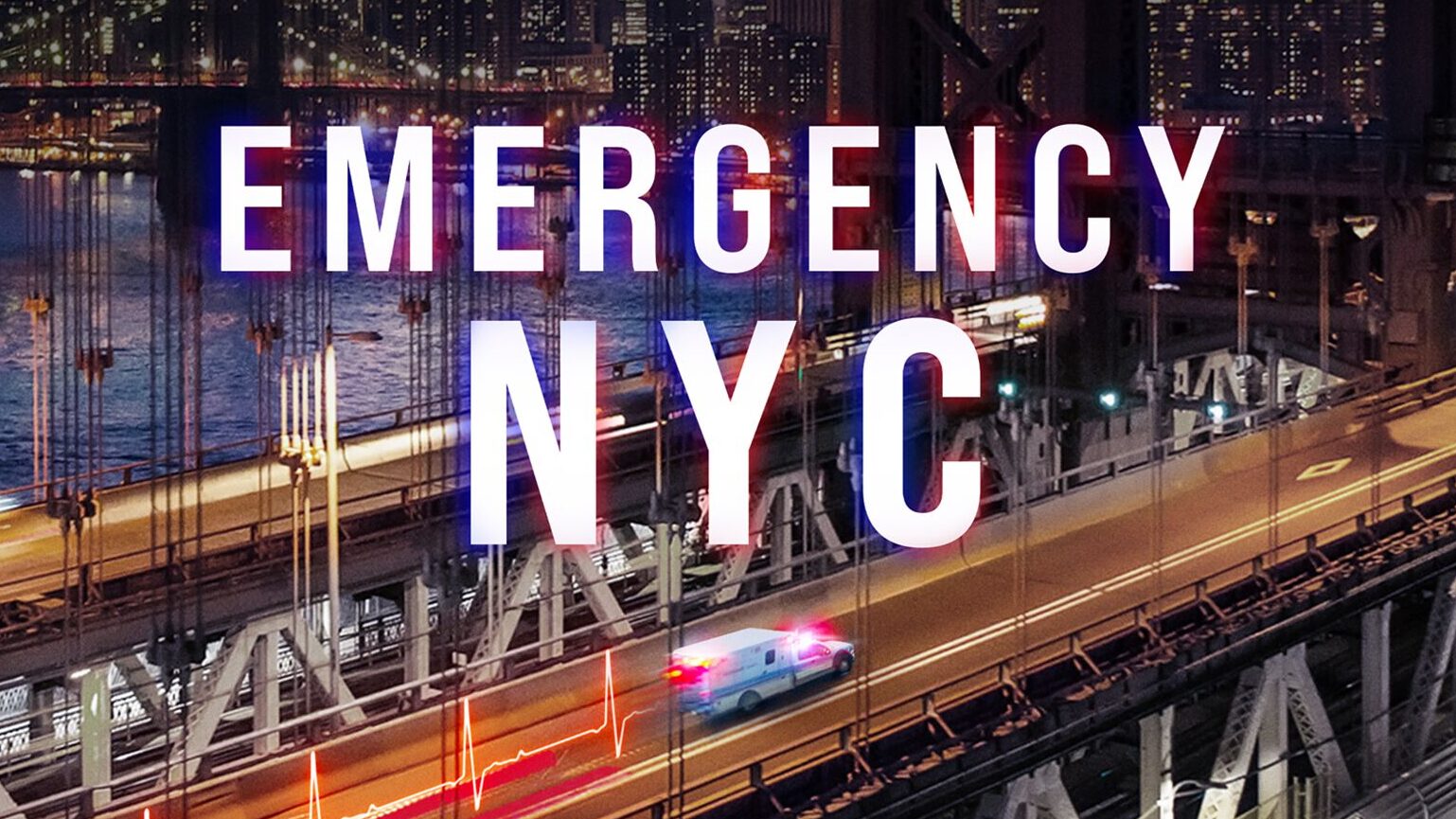
Remember all those Americans who stood outside and clapped or leaned out windows banging on pots and pans or just plain cheered every day for the hospital personnel and EMTs working so hard to save lives during the first few months of the coronavirus pandemic? You never hear any of that love for those professions anymore.
A new eight-part Netflix docuseries, “Emergency: NYC,” will restore those feelings with gusto, as well as the respect everyone in those fields deserves. From December 2020 through August 2022, documentarians Ruthie Shatz and Adi Barash filmed in hospitals, ambulances, even air ambulances to show the intensity of the work and the people doing it. This was a period in which many patients were afraid to go to hospitals until they got really sick, or as COVID eased, started looking for medical help again in droves.
With the permission of patients and personnel, “Emergency NYC” was afforded extraordinary access to facilities in New York and Long Island, including the hospital where my father recovered from his heart attack. It takes you inside the operating rooms to watch nurses and doctors putting people back together, transplant teams swapping out body parts, and neurosurgeons working on brains and spines.
You get to see a pediatric surgeon working on a preemie baby with serious issues. There are several victims of gunshots and motor vehicle accidents, homeless people with nowhere else to go, and routine cases like an older woman who tripped in her driveway and face planted because she couldn’t get her arms up in time.
The series rekindled my respect for everyone who dedicates their lives to restoring the health of others. They’re wonderful at explaining the process with clarity and a pleasant bedside manner. Several times in the series, hospital personnel end up taking care of their own, including two nurses who need C-sections and a neurosurgeon who requires neurosurgery after a skiing accident.
But everything they see and do takes a toll. For EMTs and paramedics, life is full of calls to pick up patients, stabilize them, get them to the hospital, then go get another one. That can lead to a kind of PTSD, where they can’t get their brains to stop thinking about the people they’ve transported. The same applies to ER staffers who deal with a plethora of problems on every shift. One of them says, after things turn out well for a patient, “we need those highs because the valleys are really deep.”
One of the most heartbreaking cases is that of a woman who had walked for 20 days — while five months pregnant — from Honduras to cross the Mexican border and come to the US. No one in the ER judged her, there was no discussion of denying her service, because the medical pros are in the business of saving lives, not making decisions based on politics. There’s also no discussion of how much all of this costs. Not a word is said about how many of those seen in the show are likely to have not only their physical lives changed, but their financial situations, as well.
On the other hand, “Emergency NYC” shows how far the technology of modern medicine has come. There are machines galore, including those that allow surgeons to do incredibly delicate work while watching their progress on a monitor in the OR. Even when you’ve been wheeled in on a gurney for a procedure, you may not appreciate the science surrounding you — but you will after watching this series.
“Emergency NYC” is streaming now on Netflix.
